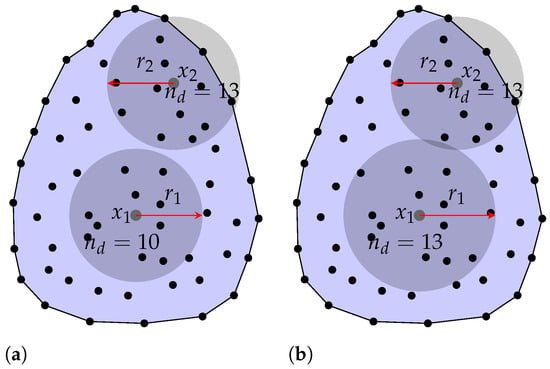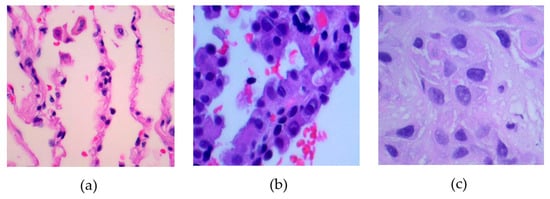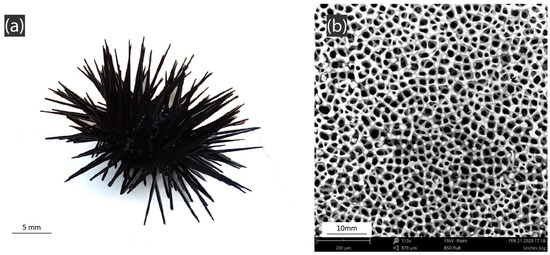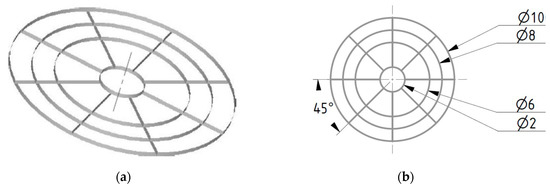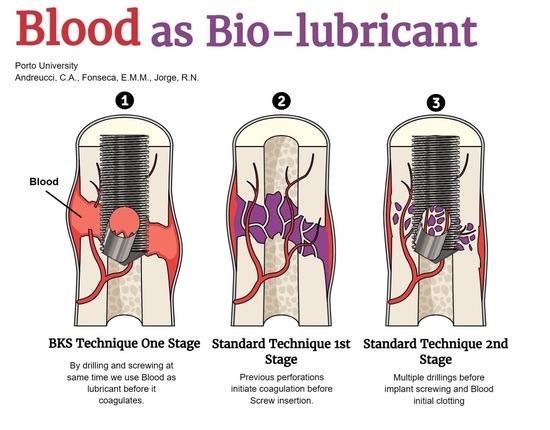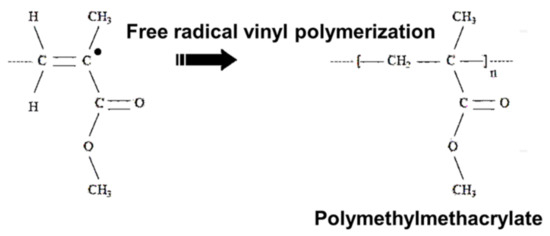Editorial Board Members’ Collection Series: Biomaterials Design
A topical collection in Designs (ISSN 2411-9660). This collection belongs to the section "Bioengineering Design".
Viewed by 13377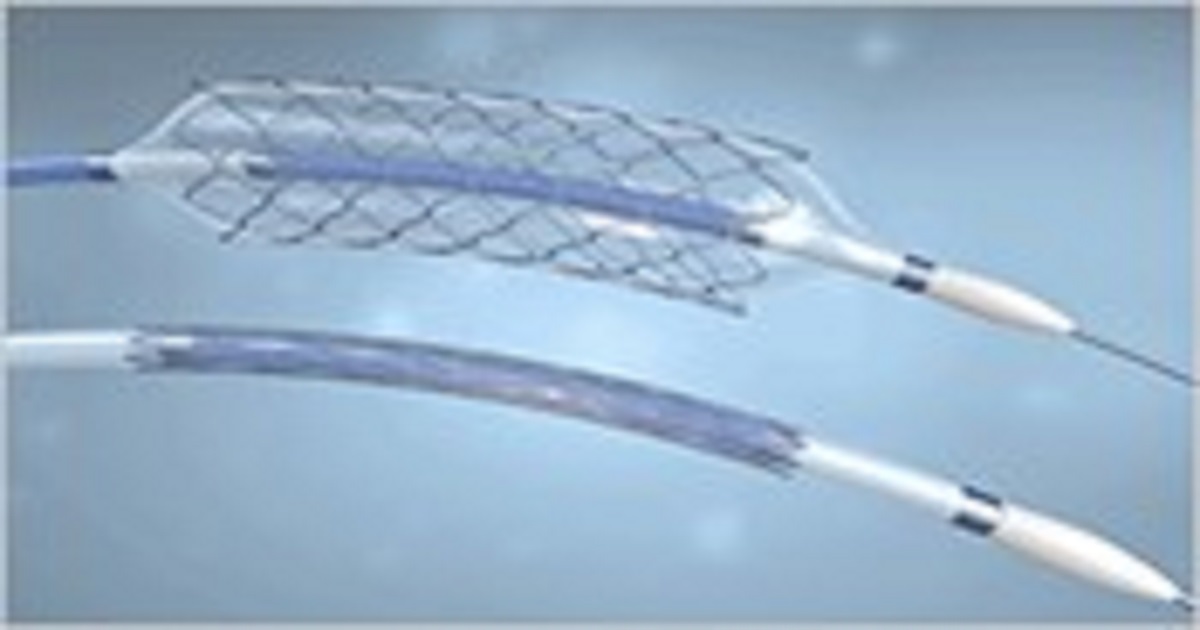
Editors
Interests: electrochemistry; PVD; CVD; biomaterials; coatings; calcium phosphate; oxides; bioglass; bone implants; corrosion
Special Issues, Collections and Topics in MDPI journals
Interests: electrochemical deposition; electrophoretic deposition; biomaterials; prosthetic coatings; calcium phosphates; bioactive glasses; bone substitutes; electron microscopy; X-ray microanalysis
Special Issues, Collections and Topics in MDPI journals
Topical Collection Information
Dear Colleagues,
The global clinical demand for biomaterials is constantly increasing due to the aging of the population. Academic and industrial research is expected to improve the properties and extend the lifespan of biomaterials used to repair or replace tissue functions. Inside the body, implanted materials need specific biological, physical, chemical, and mechanical properties to interact appropriately with the physiological environment. Biomaterials can be made of metals, polymers, bioglasses, ceramics, or a composite of these materials. They must be biocompatible, i.e., accepted by the human body without any adverse effect. For some specific applications, they can be bioactive, inducing a physiological response that supports the function and performance of the biomaterial. The biomedical applications of biomaterials include, but are not limited to, joint replacements, bone implants, intraocular lenses, artificial ligaments and tendons, dental implants, blood vessel prostheses, heart valves, skin repair, cochlear replacements, drug delivery systems, stents, nerve conduits, surgical sutures, pins and screws for fracture stabilization, and surgical mesh.
The objective of this collection is to present the latest achievements in the field and the next challenges for future investigations of the design and applications of biomaterials.
Dr. Richard Drevet
Prof. Dr. Hicham Benhayoune
Collection Editors
Manuscript Submission Information
Manuscripts should be submitted online at www.mdpi.com by registering and logging in to this website. Once you are registered, click here to go to the submission form. Manuscripts can be submitted until the deadline. All submissions that pass pre-check are peer-reviewed. Accepted papers will be published continuously in the journal (as soon as accepted) and will be listed together on the collection website. Research articles, review articles as well as short communications are invited. For planned papers, a title and short abstract (about 100 words) can be sent to the Editorial Office for announcement on this website.
Submitted manuscripts should not have been published previously, nor be under consideration for publication elsewhere (except conference proceedings papers). All manuscripts are thoroughly refereed through a single-blind peer-review process. A guide for authors and other relevant information for submission of manuscripts is available on the Instructions for Authors page. Designs is an international peer-reviewed open access semimonthly journal published by MDPI.
Please visit the Instructions for Authors page before submitting a manuscript. The Article Processing Charge (APC) for publication in this open access journal is 1600 CHF (Swiss Francs). Submitted papers should be well formatted and use good English. Authors may use MDPI's English editing service prior to publication or during author revisions.
Keywords
- biomaterials
- implant
- health
- functionalization of biomaterials
- human body
- biocompatibility
- bioactivity
- restoration of tissue functions
- biomedical
- tissue repair






